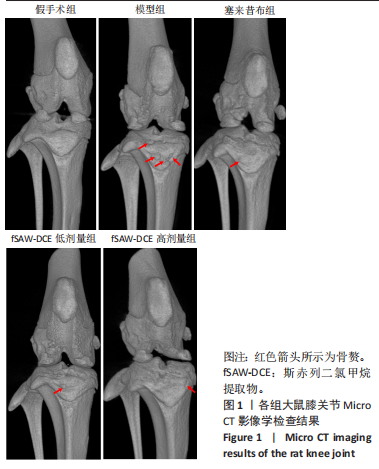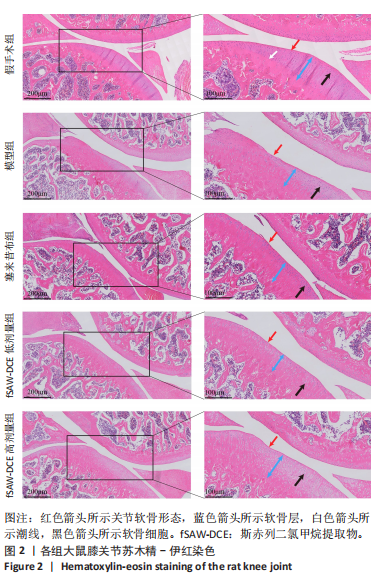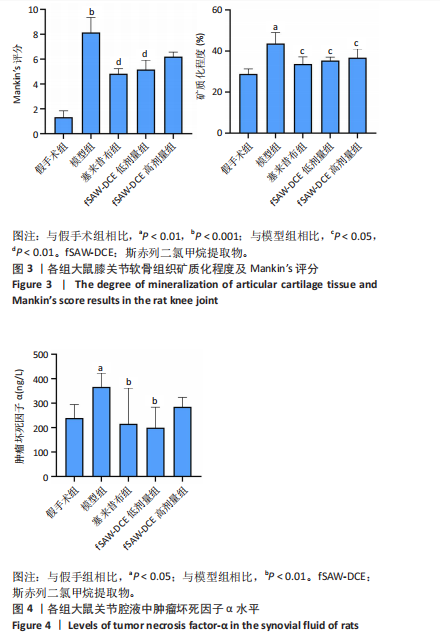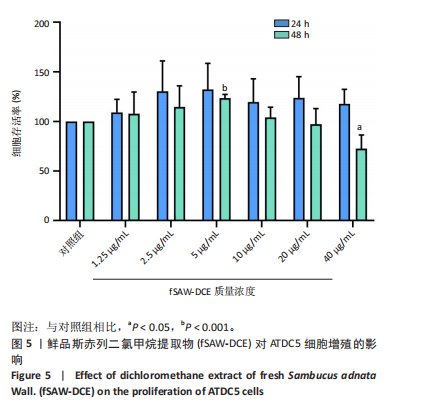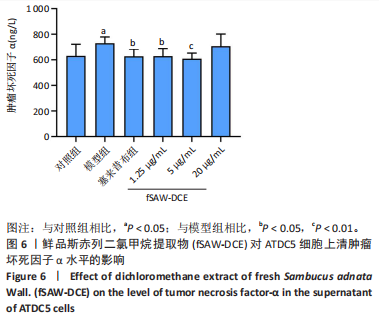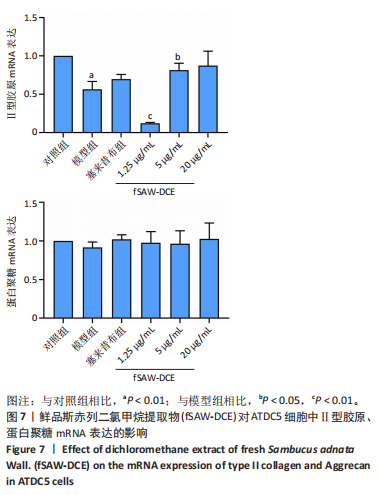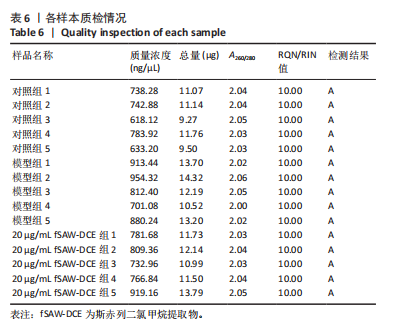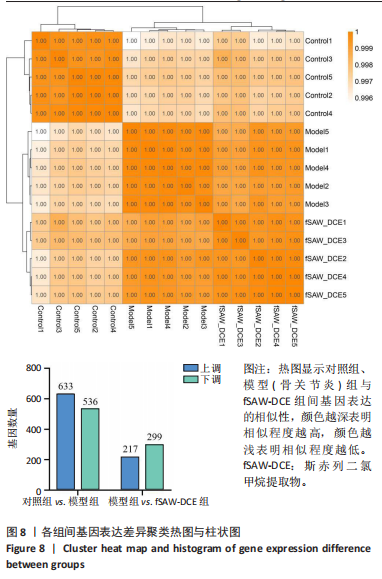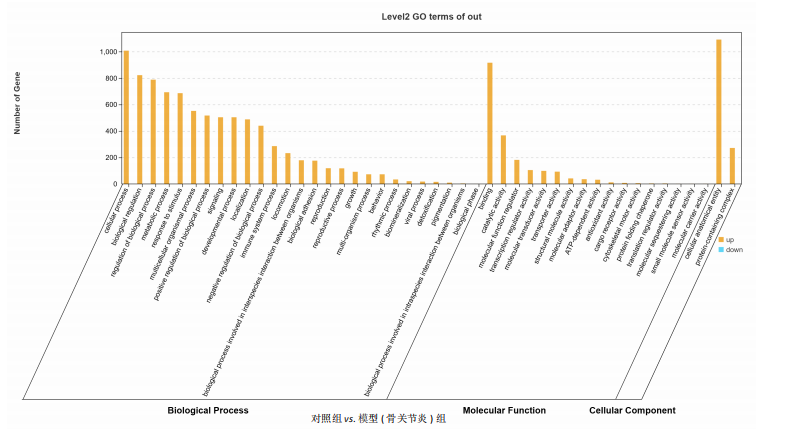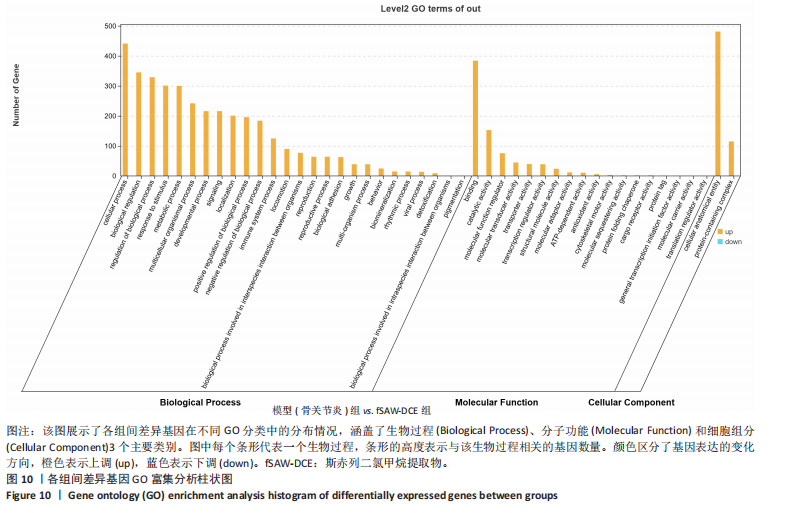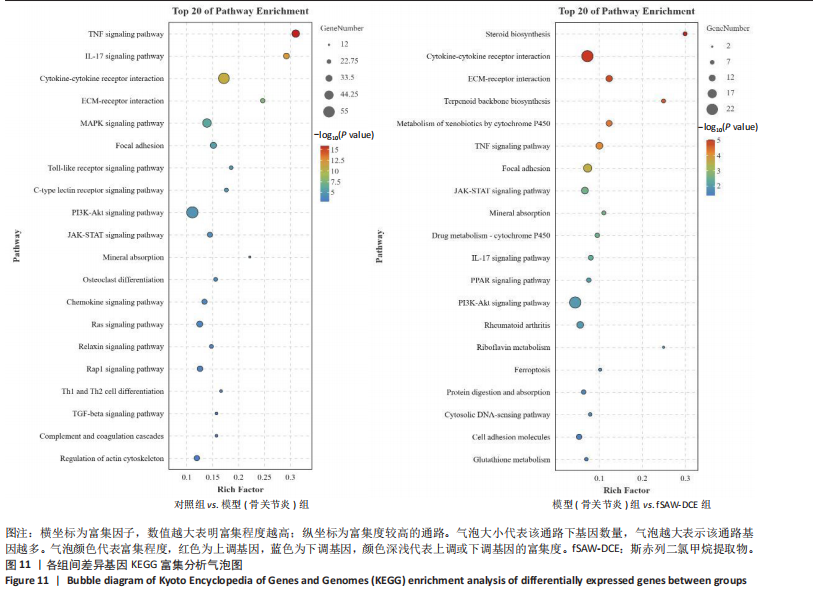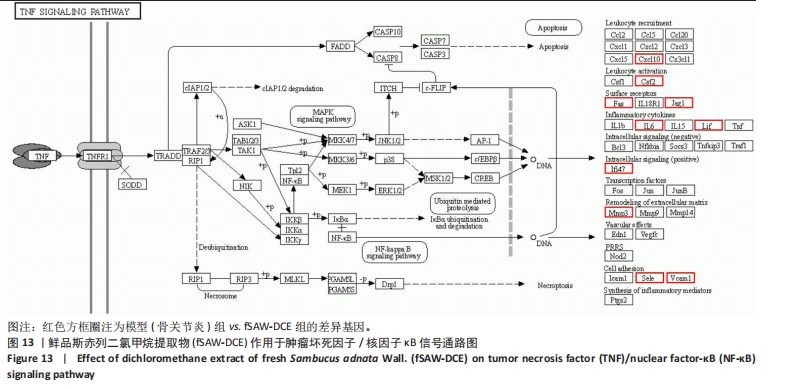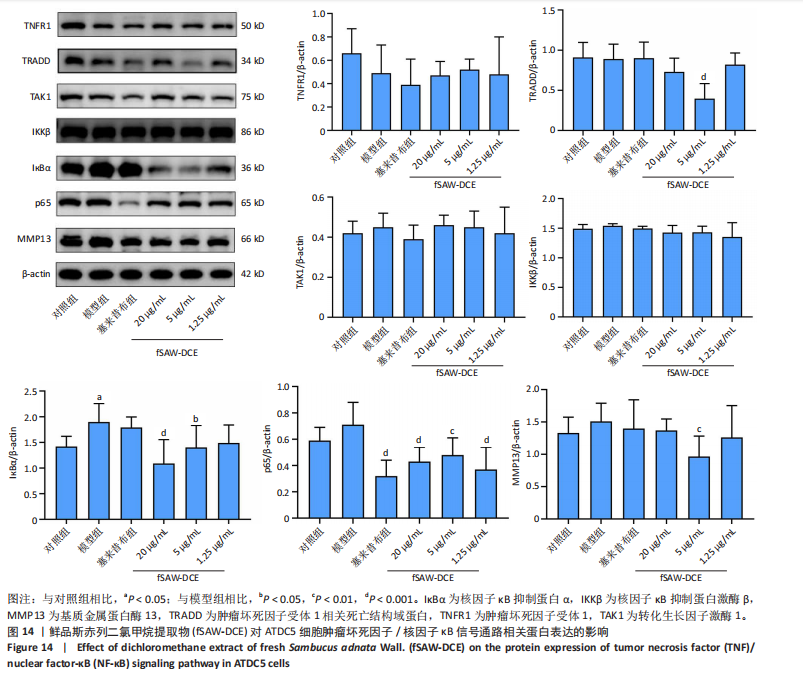[1] TANG S, ZHANG C, OO WM, et al. Osteoarthritis. Nat Rev Dis Primers. 2025;11(1):10.
[2] CAO F, XU Z, LI XX, et al. Trends and cross-country inequalities in the global burden of osteoarthritis, 1990-2019: A population-based study. Ageing Res Rev. 2024;99:102382.
[3] HUNTER DJ, BIERMA-ZEINSTRA S. Osteoarthritis. Lancet. 2019; 393(10182):1745-1759.
[4] LIU Y, ZHANG Z, LI T, et al. Senescence in osteoarthritis: from mechanism to potential treatment. Arthritis Res Ther. 2022;24(1):174.
[5] MAKARCZYK MJ. Cell Therapy Approaches for Articular Cartilage Regeneration. Organogenesis. 2023;19(1):2278235.
[6] ALCAIDE-RUGGIERO L, MOLINA-HERNÁNDEZ V, GRANADOS MM, et al. Main and Minor Types of Collagens in the Articular Cartilage: The Role of Collagens in Repair Tissue Evaluation in Chondral Defects. Int J Mol Sci. 2021;22(24):13329.
[7] WEBER AE, BOLIA IK, TRASOLINI NA. Biological strategies for osteoarthritis: from early diagnosis to treatment. Int Orthop. 2021; 45(2):335-344.
[8] JANG S, LEE K, JU JH. Recent Updates of Diagnosis, Pathophysiology, and Treatment on Osteoarthritis of the Knee. Int J Mol Sci. 2021; 22(5):2619.
[9] VINCENTI MP, BRINCKERHOFF CE. Transcriptional regulation of collagenase (MMP-1, MMP-13) genes in arthritis: integration of complex signaling pathways for the recruitment of gene-specific transcription factors. Arthritis Res. 2002;4(3):157-164.
[10] 杨本雷.中国彝族药学[M].昆明:云南民族出版社,2004.
[11] 王泽玲,韩立峰,郝佳,等.接骨木属植物化学成分及药理活性研究进展[J].中成药,2023,45(6):1936-1943.
[12] 江自鲜,陆玉春,李朝梦,等.斯赤列提取物抑制骨关节炎模型大鼠的异常血管新生[J].中国组织工程研究,2024,28(34):5458-5466.
[13] YANG D, XU K, XU X, et al. Revisiting prostaglandin E2: A promising therapeutic target for osteoarthritis. Clin Immunol. 2024;260:109904.
[14] 郑俭彬,陆玉春,江自鲜,等.彝药斯赤列甲醇提取物对骨关节炎模型大鼠的治疗作用及靶点预测[J].中国组织工程研究,2024, 28(23):3627-3635.
[15] MACRI EM, SELLES RW, STEFANIK JJ, et al. OARSI year in review 2023: Rehabilitation and outcomes. Osteoarthritis Cartilage. 2023; 31(12):1534-1547.
[16] BANNURU RR, OSANI MC, VAYSBROT EE, et al. OARSI guidelines for the non-surgical management of knee, hip, and polyarticular osteoarthritis. Osteoarthritis Cartilage. 2019;27(11):1578-1589.
[17] MINTARJO JA, POERWANTO E, TEDYANTO EH. Current Non-surgical Management of Knee Osteoarthritis. Cureus. 2023;15(6):e40966.
[18] 吴正波.斯赤列石油醚和乙酸乙酯萃取部位化学成分研究[D].昆明:云南中医药大学, 2023.
[19] 李巧月,王葳,仇贤庆,等.彝药斯赤列地上部分挥发油研究[J].中南药学,2019,17(10):1655-1658.
[20] 刘冬丽,王葳,陈飞龙,等.血满草化学成分及生物活性的研究进展[J].华西药学杂志,2018,33(6):542-545.
[21] GHEISARI A, RISTANIEMI A, HAGHIGHATNEJAD M, et al. Alterations in mechanical properties of rabbit collateral ligaments eight weeks after anterior cruciate ligament transection. J Biomech. 2024;176:112350.
[22] 罗平.前交叉韧带与膝骨关节炎的结构改变及膝关节置换术的相关性研究[D].广州:南方医科大学,2024.
[23] RODRIGUEZ-MERCHAN EC, ENCINAS-ULLAN CA. Knee Osteoarthritis Following Anterior Cruciate Ligament Reconstruction: Frequency, Contributory Elements, and Recent Interventions to Modify the Route of Degeneration. Arch Bone Jt Surg. 2022;10(11):951-958.
[24] KIM YB, FITZSIMMONS JS, BELLATO E, et al. Anterolateral rotatory instability of the elbow: a possible etiology of primary osteoarthritis. Clin Shoulder Elb. 2024;27(4):419-427.
[25] LOU Y, SONG F, KANG Y, et al. Periodic Mechanical Stress Inhibits the Development of Osteoarthritis via Regulating ATF3-Akt Axis. J Inflamm Res. 2023;16:5613-5628.
[26] ELKHENANY HA, LINARDI RL, ORTVED KF. Differential modulation of inflammatory cytokines by recombinant IL-10 in IL-1β and TNF-α ̶ stimulated equine chondrocytes and synoviocytes: impact of washing and timing on cytokine responses. BMC Vet Res. 2024;20(1):546.
[27] PARK YM, SHIN DY, LEE HY, et al. Pinus densiflora Root Extract Attenuates Osteoarthritis Progression by Inhibiting Inflammation and Cartilage Degradation in Interleukin-1β and Monosodium Iodoacetate-Induced Osteoarthritis Models. Nutrients. 2024;16(22):3882.
[28] SCHREINER AJ, STOKER AM, BOZYNSKI CC, et al. Clinical Application of the Basic Science of Articular Cartilage Pathology and Treatment. J Knee Surg. 2020;33(11):1056-1068.
[29] BAKER BM, SHAH RP, HUANG AH, et al. Dynamic tensile loading improves the functional properties of mesenchymal stem cell-laden nanofiber-based fibrocartilage. Tissue Eng Part A. 2011;17(9-10):1445-1455.
[30] 伍伟挺,黎润光,曹生鲁,等.过度周期性机械应力刺激可引起软骨细胞炎症反应及凋亡[J].中国组织工程研究,2021,25(29):4608-4613.
[31] TAHERI S, WINKLER T, SCHENK LS, et al. Developmental Transformation and Reduction of Connective Cavities within the Subchondral Bone. Int J Mol Sci. 2019;20(3):770.
[32] CHEN L, ZHANG Z, LIU X. Role and Mechanism of Mechanical Load in the Homeostasis of the Subchondral Bone in Knee Osteoarthritis: A Comprehensive Review. J Inflamm Res. 2024;17:9359-9378.
[33] LUO Y, ZHANG Y, HUANG Y. Icariin Reduces Cartilage Degeneration in a Mouse Model of Osteoarthritis and is Associated with the Changes in Expression of Indian Hedgehog and Parathyroid Hormone-Related Protein. Med Sci Monit. 2018;24:6695-6706.
[34] PREEDY MK, WHITE MRH, TERGAONKAR V. Cellular heterogeneity in TNF/TNFR1 signalling: live cell imaging of cell fate decisions in single cells. Cell Death Dis. 2024;15(3):202.
[35] DOSTERT C, GRUSDAT M, LETELLIER E, et al. The TNF Family of Ligands and Receptors: Communication Modules in the Immune System and Beyond. Physiol Rev. 2019;99(1):115-160.
[36] XU D, ZHAO H, JIN M, et al. Modulating TRADD to restore cellular homeostasis and inhibit apoptosis. Nature. 2020;587(7832):133-138.
[37] SUN K, GUO Z, ZHANG J, et al. Inhibition of TRADD ameliorates chondrocyte necroptosis and osteoarthritis by blocking RIPK1-TAK1 pathway and restoring autophagy. Cell Death Discov. 2023;9(1):109.
[38] YU H, LI M, WEN X, et al. Elevation of α-1,3 fucosylation promotes the binding ability of TNFR1 to TNF-α and contributes to osteoarthritic cartilage destruction and apoptosis. Arthritis Res Ther. 2022;24(1):93.
[39] DING SL, PANG ZY, CHEN XM, et al. Urolithin a attenuates IL-1β-induced inflammatory responses and cartilage degradation via inhibiting the MAPK/NF-κB signaling pathways in rat articular chondrocytes. J Inflamm (Lond). 2020;17:13.
[40] ZHU L, LAMA S, TU L, et al. TAK1 signaling is a potential therapeutic target for pathological angiogenesis. Angiogenesis. 2021;24(3):453-470.
[41] LI LJ, ZHANG SJ, LIU P, et al. Corilagin Interferes With Toll-Like Receptor 3-Mediated Immune Response in Herpes Simplex Encephalitis. Front Mol Neurosci. 2019;12:83.
[42] ANSARI MY, AHMAD N, HAQQI TM. Oxidative stress and inflammation in osteoarthritis pathogenesis: Role of polyphenols. Biomed Pharmacother. 2020;129:110452.
[43] KUPPA SS, KIM HK, KANG JY, et al. Role of Mesenchymal Stem Cells and Their Paracrine Mediators in Macrophage Polarization: An Approach to Reduce Inflammation in Osteoarthritis. Int J Mol Sci. 2022;23(21):13016.
[44] GILBERT SJ, BONNET CS, BLAIN EJ. Mechanical Cues: Bidirectional Reciprocity in the Extracellular Matrix Drives Mechano-Signalling in Articular Cartilage. Int J Mol Sci. 2021;22(24):13595.
[45] VINCENT TL, MCCLURG O, TROEBERG L. The Extracellular Matrix of Articular Cartilage Controls the Bioavailability of Pericellular Matrix-Bound Growth Factors to Drive Tissue Homeostasis and Repair. Int J Mol Sci. 2022;23(11):6003.
[46] HOWES JM, BIHAN D, SLATTER DA, et al. The recognition of collagen and triple-helical toolkit peptides by MMP-13: sequence specificity for binding and cleavage. J Biol Chem. 2014;289(35):24091-24101.
[47] LI T, PENG J, LI Q, et al. The Mechanism and Role of ADAMTS Protein Family in Osteoarthritis. Biomolecules. 2022;12(7):959.
|

